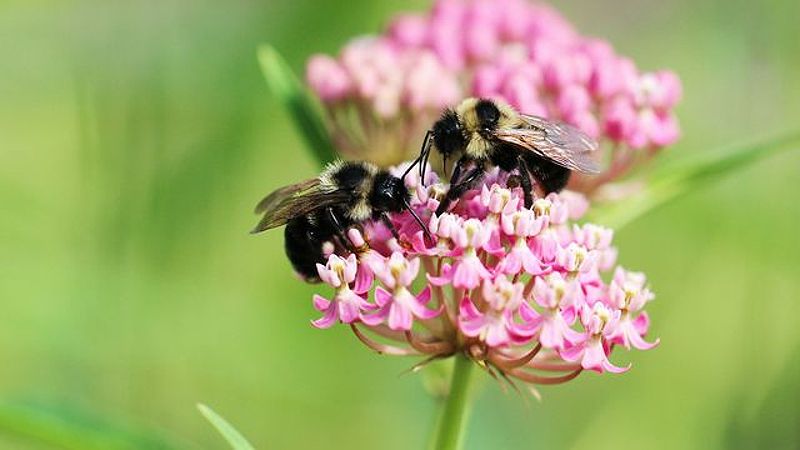A new study reveals that bumblebees can learn and adapt to cooperative tasks, challenging conventional notions of insect behavior. The research conducted at the University of Oulu highlights the role of teamwork for bumblebees in novel cooperative challenges. Findings have implications for animal behavior, evolution, and potential applications in various fields.
Bumblebees: Learning and Adapting to Cooperative Tasks
A new study conducted at the University of Oulu in Finland challenges conventional notions of insect behavior by revealing that bumblebees are capable of learning and adapting to cooperative tasks. This groundbreaking research highlights the role of teamwork for bumblebees in novel cooperative challenges, expanding our understanding of their capabilities.
Traditionally, it was believed that understanding the role of a partner in a cooperative task was limited to big-brained mammals like humans and chimpanzees. However, this study shows that even insects can learn and adapt to cooperative tasks, suggesting that the ability to work together towards a common goal is present even in the miniature brain of bumblebees.
Training Bumblebees in Cooperative Tasks
In the study conducted at the University of Oulu, pairs of bumblebees were trained in two different cooperative tasks. They learned to simultaneously push a Lego block in the middle of an arena or to simultaneously push a door at the end of a transparent double tunnel to access rewarding nectar. Through this training, the researchers observed fascinating behaviors exhibited by the bumblebees.
The behaviors of the bumblebees were influenced by the presence, absence, and movement direction of their partner. When their partner was delayed, the bees took longer to initiate pushing and were more likely to push only when their partner pushed with them. This suggests that the bees trained on cooperative tasks seemed to wait for their partner. In contrast, the control group of bees, which had been trained alone, did not exhibit similar behavior.
In the tunnel task, if their partner was delayed, the partnered bees were more likely to turn around before reaching the door and turn back towards the door when they saw their partner heading in the right direction. This turning behavior suggests that the bees may be intentionally working with each other to facilitate cooperation.
These findings demonstrate that bumblebees have the capacity to learn and adapt to cooperative tasks, showcasing the social influence on their behavior and challenging previous assumptions about insect intelligence.
Implications for Animal Behavior and Evolution
The study conducted at the University of Oulu has broader implications for our understanding of animal behavior and evolution. It opens up new avenues for studying the evolution of social intelligence and cooperation in different animal species. By expanding our knowledge of how animals collaborate and work towards a common goal, we can gain insights into the origins and development of cooperative behaviors.
Additionally, these findings could inspire further research in various fields such as technology, robotics, and medicine. Understanding how bumblebees learn and adapt to cooperative tasks may have practical applications in these areas, leading to advancements in cooperative systems and problem-solving algorithms.
Moreover, gaining a deeper understanding of animal behavior and their cognitive abilities can foster greater interest in environmental protection and animal welfare. By recognizing the complexity and intelligence of creatures like bumblebees, we can develop a deeper appreciation for their role in ecosystems and strive to ensure their well-being.
Conclusion
The study conducted at the University of Oulu reveals that bumblebees possess the remarkable ability to learn and adapt to cooperative tasks. Their behaviors indicate a social influence on their actions, challenging previous assumptions about insect intelligence. This research not only expands our understanding of animal behavior and evolution but also has potential applications in technology, robotics, and medicine.
By delving into the cooperative abilities of bumblebees, we gain valuable insights into the origins and development of social intelligence in different animal species. This knowledge can drive advancements in various fields and foster a greater appreciation for the intricate workings of the natural world.

